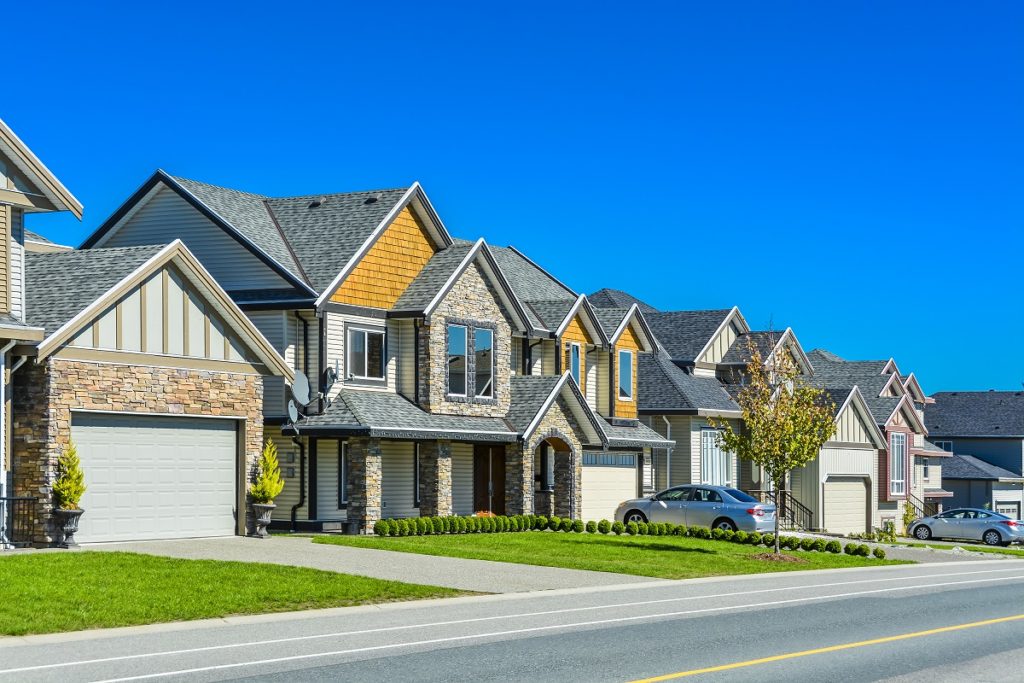Some people say that optimal health is 70% nutrition, 30% physical activity. The equation often leaves another essential factor: address. An excellent example is Utah. For many years, the Beehive State is one of the healthiest places in the country.
In 2018, its obesity rate was 28.4%, which was lower than the national average at 31%. It also reports fewer cases of chronic diseases, such as heart disorders and diabetes.
Granted, eating right has something to do with it, but so does its location. Take for example a new home that provides pathways for hiking or walking. The state boasts of an amazing outdoors that invites its residents to be more active.
As more proof of the connection between health and location, check out some studies below:
1. Cities with Cycling Paths Can Improve Physical and Mental Well-being
Cities can mean long commutes, but the mode of transport can also impact a person’s physical and mental health. That’s a point of a 2018 study by the Barcelona Institute of Global Health.
For the study, the researchers compared public transport use and driving. Based on their analysis, both showed lower perceived health. However, when they broke down different methods of public commute, they discovered one provided an opposite effect.
The results suggested that cycling boosted feelings of optimal health. People who cycled were also less likely to feel lonely or exhibit better mental health. The team also learned the results remained even when they compared similar data among different cities.
In a much earlier study, the University of Cambridge also highlighted the benefits of active public transport, such as walking and cycling. The advantages of these activities to one’s health were so significant they could negate the impact of air pollution. This evidence stuck even for urban areas with the highest pollution levels.

2. Physical Movements Can Help Improve Lifespan
A person can live for over 70 years these days, but in rare places, the residents could outlive the general population. These areas are the blue zones, and only seven of them exist. These include Sardinia, Italy; Okinawa, Japan; and Loma Linda, California.
Two factors seem to tie them all together. Besides eating whole foods, they are fond of natural physical activity. For example, the people in Sardinia spend hours climbing steep hills or travel for hours to forage for food. Those who live in Nicoya, Costa Rica, meanwhile, enjoy physical work from sunrise to sundown.
3. The Neighborhood Can Also Influence Obesity
Obesity is a risk factor for several chronic illnesses, such as diabetes, hypertension, and certain types of cancer. While diet plays a significant role, so does where the person lives.
A significant percentage of obese people live in urban areas like cities. In these places, people have more access to food options, while they might be more sedentary than active. Stress can also be high, and that impacts sleep and hormones. These two factors can also contribute to obesity.
However, a 2019 research showed that obesity has been increasing fast in rural areas. One reason is their semblance to urban cities. Fast-food restaurants are expanding there, for instance.
With health, many factors are within one’s control, and that includes where a person lives. Finding a neighborhood that promotes an active lifestyle can help them keep up with fitness too.
